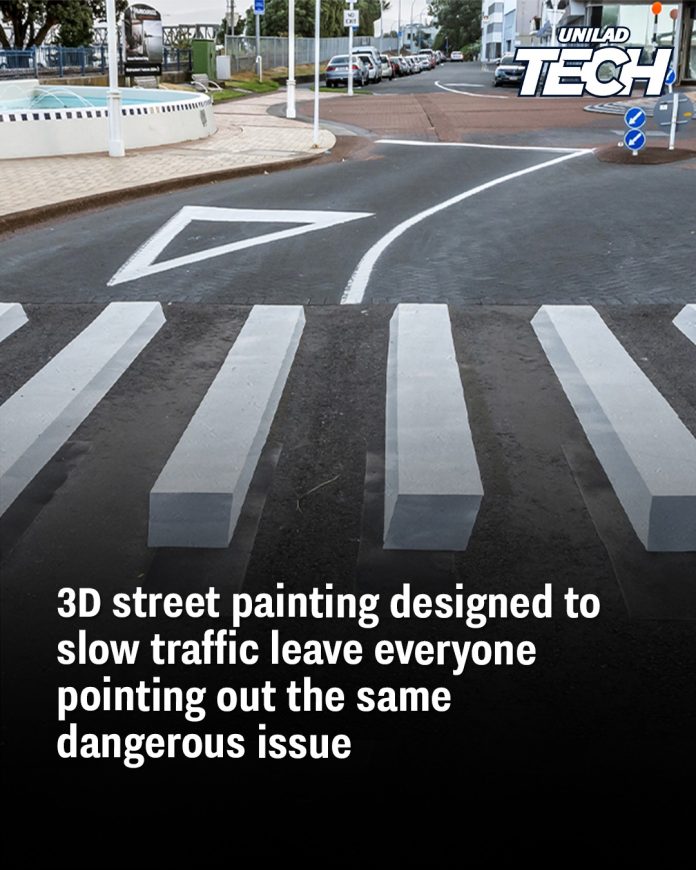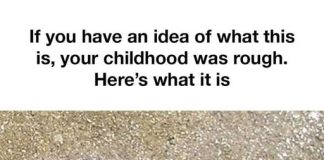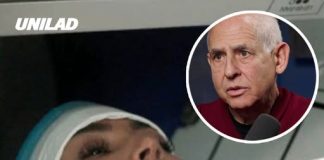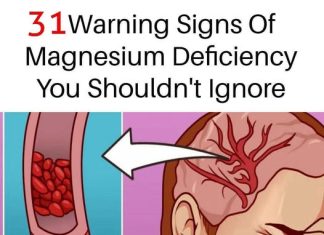In recent years, cities worldwide have been experimenting with innovative methods to enhance pedestrian safety and encourage drivers to reduce speed in high-risk areas. One such approach involves the use of 3D street paintings that create optical illusions, making pedestrian crossings appear as though they are elevated or obstacles are present on the road. This strategy aims to capture drivers’ attention and prompt them to slow down, thereby increasing safety for pedestrians.
Global Implementations of 3D Crossings
Several towns across the globe have adopted this creative solution. In Ísafjörður, a small fishing town in Iceland, environmental commissioner Ralf Trylla initiated the installation of a 3D pedestrian crossing after being inspired by a similar project in New Delhi, India. Collaborating with the street painting company Vegmálun GÍH, the town transformed a traditional zebra crossing into a striking optical illusion. From a distance, the painted white stripes appear to hover above the road surface, creating a visual effect that encourages drivers to decelerate as they approach the crossing.
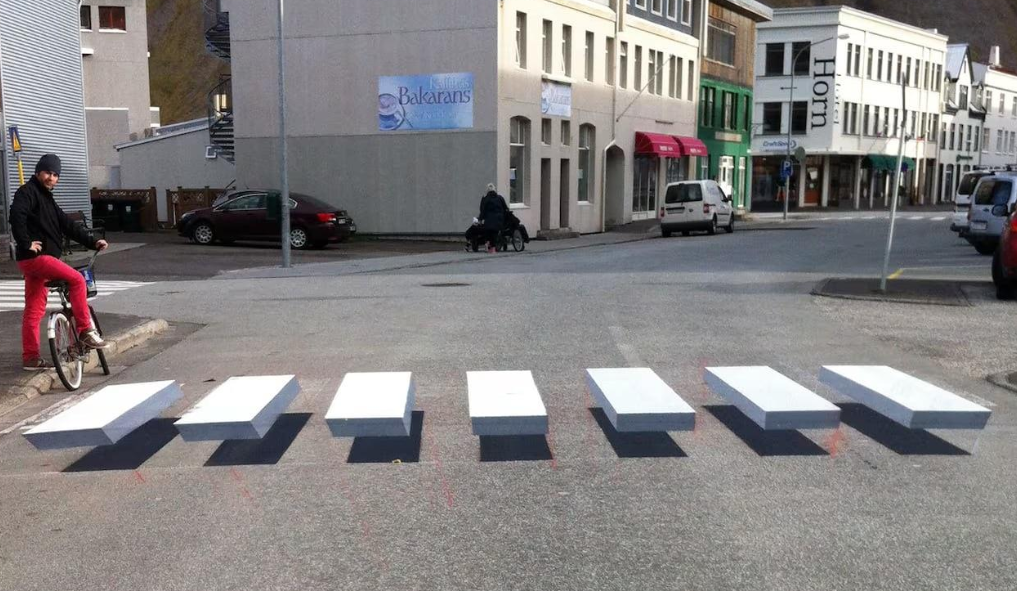
Similar initiatives have been observed in other parts of the world. In China, certain towns have implemented 3D crossings to enhance pedestrian safety. Cysoing, a town in France, has also experimented with this technique, aiming to reduce vehicle speeds in areas with high pedestrian activity. These implementations reflect a growing interest in utilizing art and design to address traffic safety concerns.
Design and Effectiveness
The design of these 3D crossings involves painting patterns that, when viewed from a driver’s perspective, create the illusion of raised platforms or obstacles on the road. This visual trickery is intended to make drivers more cautious and reduce their speed upon approaching the crossing. In some variations, additional images, such as a child chasing a ball, are incorporated to further capture drivers’ attention and emphasize the need for vigilance.
The underlying principle is that the perceived presence of an obstacle will trigger an instinctive response in drivers to slow down, thereby enhancing pedestrian safety. However, the effectiveness of these illusions can vary based on factors such as driver familiarity with the area, lighting conditions, and individual perception.
Public Reception and Criticisms
While the concept of 3D pedestrian crossings has garnered attention and praise for its creativity, it has also faced criticism and skepticism. Discussions on social media platforms, such as Reddit, reveal concerns about the long-term effectiveness and potential risks associated with these illusions. Some users argue that once drivers become accustomed to the 3D paintings, they may begin to ignore them, diminishing their impact. Others worry that drivers might mistake real obstacles for mere paintings, leading to dangerous situations.
One Reddit user expressed apprehension, stating, “I was just gonna say, this looks cool and all but each will only work once for each driver and may lead to accidents if idiots start assuming obstacles are just more 3D paint.” Such sentiments highlight the importance of considering human behavior and adaptability when implementing novel traffic safety measures.
Expert Insights and Safety Considerations
Despite the criticisms, some experts involved in the design and implementation of 3D crossings maintain that these installations do not pose significant safety risks. For instance, a co-designer of a similar 3D crossing in Ahmedabad, India, noted that the design features “mild slanting strips with micro 3D effects,” which are intended to ensure driver safety without causing sudden braking. This suggests that when carefully designed, 3D crossings can serve as effective traffic calming measures without introducing new hazards.
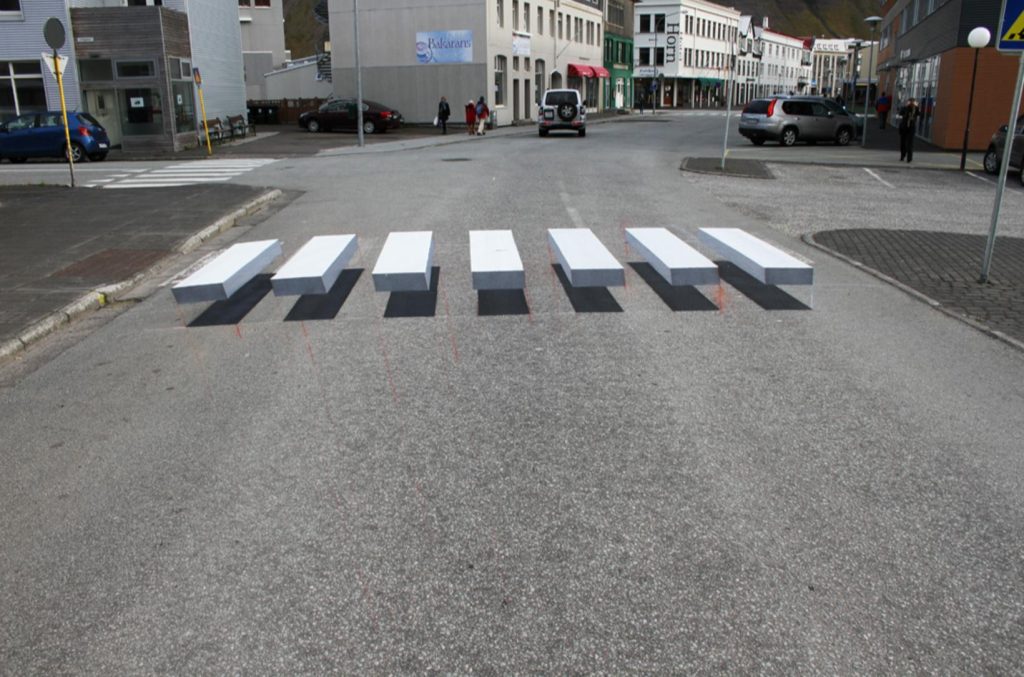
Alternative Approaches: The ‘Dragon Teeth’ Markings
In addition to 3D pedestrian crossings, other optical illusions have been employed to influence driver behavior. In South Australia, for example, authorities have introduced ‘dragon teeth’ road markings as part of a safety trial. These triangular, blue and white markings create an optical illusion that makes drivers feel they are traveling faster than they actually are, encouraging them to reduce speed when entering lower-speed zones. The trial aims to address increasing road fatalities by exploring innovative solutions to improve road safety.
Conclusion
The use of 3D street paintings and other optical illusions represents a creative approach to enhancing pedestrian safety and managing traffic speeds. While these methods have shown promise in various locations, their long-term effectiveness and potential unintended consequences warrant careful consideration. Continuous evaluation and adaptation are essential to ensure that such innovations contribute positively to road safety without introducing new risks. As cities continue to seek solutions to traffic-related challenges, the integration of art, design, and psychology offers a compelling avenue for exploration.

